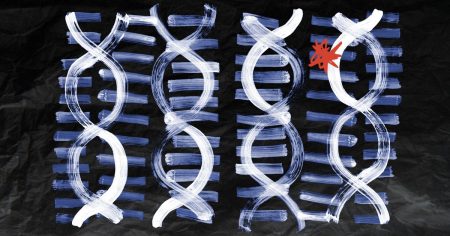Cooking oil is a staple in the kitchen that can be used for a variety of purposes, from preventing sticking to dressing salads. There are many types of cooking oils available at grocery stores, and it is important to consider factors such as where the oil comes from and how it is processed when selecting a cooking oil. Dietitians recommend consuming healthy fats, such as monounsaturated and polyunsaturated fats, while limiting unhealthy fats like trans and saturated fats.
Moderation is key when it comes to consuming cooking oil, as all fats contain the same number of calories per gram. The World Health Organization recommends limiting total fat intake to 30% of daily caloric intake. When choosing a cooking oil, it is important to look for oils low in saturated fats, from nontropical plant sources, and unrefined oils. Certain oils are better suited for high-heat cooking methods, while others are more suitable for medium or low-heat cooking.
Olive oil is considered one of the healthiest cooking oils due to its abundance of monounsaturated fatty acids, vitamins, and antioxidants. Olive oil has been linked to reductions in heart disease, diabetes, and other chronic diseases. Other healthy cooking oils include avocado, canola, corn, peanut, safflower, soybean, grapeseed, sunflower, and a blend known as vegetable oil. Coconut oil is considered one of the least healthy cooking oils due to its high saturated fat content.
Proper storage and usage of cooking oil is essential to maintain its freshness, nutrition, and taste. It is recommended to choose oil in dark, opaque bottles, store it in a cool, dark place, and use it within a few months of opening. Cooking oil should not be reused, refrigerated, or used after it has expired or smells rancid. It is important to be mindful of the smoke point of oils when cooking with them, as heating oil beyond its smoke point can degrade its composition and create free radicals.













